Affordable Stem Cell Therapy for Rotator Cuff in Mexico
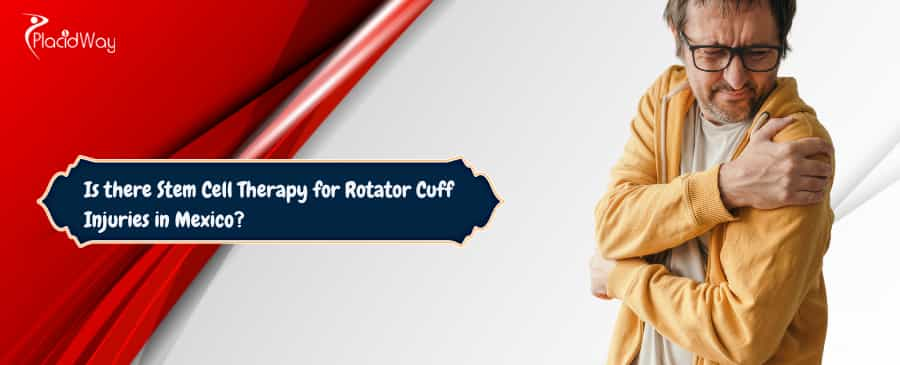
If you've been experiencing persistent shoulder pain, weakness, or limited motion due to a rotator cuff injury, you're likely exploring various treatment options. The rotator cuff is a critical group of muscles and tendons that provide stability and allow a wide range of motion in your shoulder joint. When these tendons are torn or damaged, it can significantly impact your daily life. While traditional treatments like physical therapy and surgery are common, a growing number of individuals are turning to stem cell therapy as a promising alternative, and Mexico has emerged as a popular destination for this innovative treatment. This blog post aims to answer all your important questions about stem cell therapy for rotator cuff injuries in Mexico, covering everything from its effectiveness and safety to cost and what to expect during the process. We'll delve into how this regenerative approach works, who might be an ideal candidate, and why Mexico has become a leading choice for those seeking cutting-edge care.
Is Stem Cell Therapy for Rotator Cuff Injuries Available in Mexico?
Mexico has established itself as a prominent destination for regenerative medicine, including stem cell therapy for various orthopedic conditions like rotator cuff injuries. Due to a more progressive regulatory framework compared to some other countries, clinics in Mexico can offer specific types of stem cell treatments that might not be as readily available elsewhere. Many clinics are equipped with modern facilities and employ experienced medical professionals specializing in regenerative therapies.
Patients from around the world, particularly from the U.S. and Canada, travel to Mexico seeking these treatments. The availability extends across various cities, including Tijuana, Cancun, Guadalajara, and Monterrey, providing options for different travel preferences and accessibility.
What is Stem Cell Therapy for Rotator Cuff Injuries?
Stem cell therapy is a cutting-edge approach in regenerative medicine that harnesses the body's natural healing capabilities. For rotator cuff injuries, the procedure typically involves extracting mesenchymal stem cells (MSCs), which are multipotent cells capable of differentiating into various cell types, including bone, cartilage, and fat cells. These MSCs also possess anti-inflammatory and immunomodulatory properties.
Once harvested (often from the patient's own bone marrow or adipose tissue, or from umbilical cord tissue), these stem cells are processed and then precisely injected into the injured rotator cuff area, often guided by imaging techniques like ultrasound. The goal is for these stem cells to:
- Reduce inflammation in the injured area.
- Stimulate the regeneration of damaged tendon tissue.
- Promote collagen synthesis, which is crucial for tendon repair.
- Improve the local blood circulation and overall healing environment.
This non-surgical approach aims to address the root cause of the injury by facilitating natural repair processes, potentially reducing pain, improving function, and avoiding the need for invasive surgery.
What are the types of Stem Cells Used for Rotator Cuff Injuries in Mexico?
The stem cells utilized in Mexico for rotator cuff injuries primarily consist of mesenchymal stem cells (MSCs) due to their regenerative and anti-inflammatory properties. These MSCs can be sourced from various parts, each with its own advantages:
- Umbilical Cord Tissue: Often preferred for its abundance of young, potent MSCs that are considered "immune privileged," meaning they are less likely to cause an immune reaction. This source avoids the need for a harvesting procedure from the patient.
- Adipose (Fat) Tissue: A relatively accessible and rich source of MSCs. Harvesting involves a minor liposuction procedure. These cells are known for their strong regenerative potential.
- Bone Marrow: Another common source, typically harvested from the patient's hip bone. Bone marrow-derived MSCs have been widely studied for orthopedic applications.
Some clinics may also combine stem cell therapy with other regenerative treatments like Platelet-Rich Plasma (PRP), which further enhances the healing environment by providing growth factors from the patient's own blood.
How Much Does Stem Cell Therapy for Rotator Cuff Injuries Cost in Mexico?
The price of stem cell therapy for rotator cuff injuries in Mexico can vary significantly. Several factors influence the final cost:
- Clinic Reputation and Location: Established clinics with extensive experience and those in popular medical tourism destinations may have higher prices.
- Type and Quantity of Stem Cells: The source of the stem cells (e.g., umbilical cord, adipose, bone marrow) and the number of cells administered can impact the cost. Higher cell counts often correlate with higher prices.
- Included Services: Some clinics offer all-inclusive packages that may cover initial consultations, diagnostic imaging (like ultrasound guidance for injection), the stem cell procedure itself, post-treatment follow-ups, and sometimes even accommodation and transportation. It's crucial to understand what is included in the quoted price.
- Complexity of the Injury: More severe or complex rotator cuff tears might require a more intensive treatment protocol, affecting the overall cost.
Compared to countries like the United States or Canada, where similar treatments can cost upwards of $8,000 to $20,000, Mexico offers a more affordable alternative while maintaining high standards of care in many reputable facilities.
Is Stem Cell Therapy for Rotator Cuff Injuries Safe in Mexico?
The safety of stem cell therapy in Mexico is a common concern, and it's essential to choose a reputable clinic. Mexico has a regulatory body, COFEPRIS (Federal Commission for the Protection against Sanitary Risks), which oversees medical procedures, including stem cell treatments. Many clinics adhere to international standards and best practices to ensure patient safety.
Key aspects contributing to safety include:
- Clinic Accreditation: Look for clinics that are internationally accredited or have certifications demonstrating adherence to high medical standards.
- Physician Expertise: Ensure the doctors performing the procedure are highly trained and experienced in regenerative medicine and orthopedic conditions.
- Cell Sourcing and Processing: Reputable clinics follow stringent protocols for sourcing, processing, and culturing stem cells to ensure their viability, purity, and safety.
- Sterile Environment: Procedures should be performed in a sterile clinical environment to minimize the risk of infection.
While no medical procedure is entirely risk-free, serious complications from stem cell therapy are rare, especially when performed in a professional and regulated setting. Potential minor side effects might include temporary soreness, bruising, or swelling at the injection site.
What is the Success Rate of Stem Cell Therapy for Rotator Cuff Injuries?
The effectiveness and success rates of stem cell therapy for rotator cuff injuries are subjects of ongoing research, but many clinical observations and studies show promising results. Success often depends on several factors:
- Severity of the Injury: Stem cell therapy tends to be most effective for partial-thickness rotator cuff tears and tendinopathy. For complete or full-thickness tears, while it can still offer benefits in pain reduction and improved function, surgical repair might remain the gold standard.
- Patient's Overall Health: A patient's age, general health, and commitment to post-treatment rehabilitation can influence outcomes.
- Type and Quality of Stem Cells: The viability and concentration of the administered stem cells play a role in the regenerative potential.
- Post-Treatment Care: Adhering to a recommended physical therapy or rehabilitation program after stem cell injections is crucial for maximizing recovery and long-term results.
Many patients report noticeable improvements in pain levels, increased range of motion, and enhanced shoulder function within a few weeks to several months after the treatment. Some studies have also indicated a reduction in retear rates compared to surgical interventions alone.
Who is a Good Candidate for Stem Cell Therapy for Rotator Cuff Injuries?
While stem cell therapy is a promising option, it's not suitable for everyone. A thorough medical evaluation by a qualified specialist is necessary to determine candidacy. Generally, good candidates include individuals who:
- Have been diagnosed with a partial-thickness rotator cuff tear or significant tendinopathy (inflammation or degeneration of the tendons).
- Experience chronic shoulder pain and functional limitations that have not responded adequately to traditional conservative treatments such as rest, physical therapy, anti-inflammatory medications, or corticosteroid injections over several months.
- Are looking for a non-surgical or minimally invasive alternative to traditional surgery.
- Are in relatively good overall health, without active infections or certain underlying medical conditions that might contraindicate the procedure.
- Are committed to following post-treatment rehabilitation protocols to optimize results.
Patients with complete tears might still benefit from pain reduction and improved function, but a comprehensive discussion with the medical team is essential to set realistic expectations.
What Should I Expect During the Stem Cell Therapy Procedure?
The stem cell therapy process for rotator cuff injuries typically involves several steps, usually completed within a few days, depending on the clinic's protocol:
- Initial Consultation and Evaluation: This involves a thorough review of your medical history, physical examination, and diagnostic imaging (like MRI or ultrasound) to assess the extent of your rotator cuff injury. The medical team will discuss whether you are a suitable candidate and explain the treatment plan.
- Stem Cell Harvesting (if autologous): If your own stem cells (autologous) are used, they will be harvested from your bone marrow (usually from the hip) or adipose tissue. This is a minor surgical procedure performed under local anesthesia. If allogeneic stem cells (from umbilical cord tissue) are used, this step is not necessary.
- Processing of Stem Cells: The harvested cells are then processed in a specialized laboratory to concentrate and activate the stem cells. This ensures a high concentration of viable cells for injection.
- Injection: The concentrated stem cells are precisely injected into the injured area of your rotator cuff. This step is often performed under ultrasound or fluoroscopic guidance to ensure accurate placement of the cells into the damaged tissue. The injection itself is minimally invasive and typically done with local anesthesia.
- Post-Procedure Care: You will receive instructions for post-procedure care, which may include rest, activity restrictions, and a recommended rehabilitation program.
The entire injection procedure is usually quick, often taking less than an hour. There is typically no hospitalization required, and patients can usually return to their hotel or home shortly after.
What is the Recovery Time for Stem Cell Therapy for Rotator Cuff Injuries?
One of the significant advantages of stem cell therapy over surgery for rotator cuff injuries is the often shorter and less intensive recovery period. Here's what you can generally expect:
- Immediate Post-Procedure: You might experience some mild soreness, swelling, or bruising at the injection site for a few days. Pain medication can be prescribed if needed.
- First Few Weeks: Patients are usually advised to limit strenuous activities and avoid heavy lifting or overhead movements to allow the stem cells to begin their regenerative work. Light daily activities are generally permissible.
- Weeks to Months (3-6 months): This is when the regenerative processes initiated by the stem cells are actively working. Gradual improvement in pain and function is typically observed. A personalized physical therapy program is often recommended during this phase to help restore strength, flexibility, and mobility. This controlled rehabilitation is vital for optimizing the healing process.
Full benefits and maximum improvement can often be seen several months after the initial treatment. Unlike surgical recovery, which can involve several months of strict immobilization and intensive rehabilitation, stem cell therapy generally allows for a quicker return to normal activities with a progressive rehabilitation approach.
Are There Any Risks or Side Effects of Stem Cell Therapy for Rotator Cuff Injuries?
While stem cell therapy is considered a low-risk procedure, like any medical intervention, it does carry some potential side effects or risks. These are typically mild and transient:
- Injection Site Discomfort: The most common side effect is temporary pain, soreness, swelling, or bruising at the injection site in the shoulder or at the harvest site (if autologous cells are used). This usually resolves within a few days.
- Infection: As with any injection, there's a very small risk of infection, which is minimized by performing the procedure in a sterile environment and following proper aseptic techniques.
- Allergic Reaction: Although rare, an allergic reaction to local anesthetic or other materials used during the procedure is possible.
- Nerve or Tissue Damage: The risk of damage to nerves or surrounding tissues during injection is extremely low, especially when performed by experienced practitioners using image guidance.
Serious complications are rare, particularly in clinics that adhere to strict safety protocols and have highly trained medical staff. It is important to discuss any concerns with your medical provider before undergoing the treatment.
How Does Stem Cell Therapy Compare to Traditional Rotator Cuff Treatments?
Stem cell therapy stands apart from traditional treatments for rotator cuff injuries in its approach to healing:
Compared to Conservative Treatments (Physical Therapy, Rest, Medications, Corticosteroid Injections):
- Mechanism: Conservative treatments primarily focus on managing symptoms (pain and inflammation) and improving function through exercise. They do not typically repair the underlying tissue damage. Stem cell therapy, in contrast, actively promotes tissue regeneration and healing.
- Long-term Relief: While conservative methods can provide temporary relief, they may not address the root cause, and symptoms can recur. Stem cell therapy aims for longer-term relief by facilitating actual tissue repair.
Compared to Surgery (Rotator Cuff Repair):
- Invasiveness: Surgery is an invasive procedure that involves repairing the torn tendon, often requiring incisions, general anesthesia, and a significant recovery period. Stem cell therapy is minimally invasive, involving injections with local anesthesia.
- Recovery Time: Surgical recovery often involves prolonged immobilization and an extensive rehabilitation program, taking many months. Stem cell therapy typically has a much shorter initial recovery time, allowing a quicker return to daily activities.
- Risks: Surgical risks include infection, anesthesia complications, scar tissue formation, and potential for retears. While stem cell therapy has its own minor risks, they are generally less severe than those associated with surgery.
- Tissue Regeneration: Stem cell therapy actively stimulates the body's natural regenerative processes to repair damaged tissue. Surgery structurally reattaches or repairs the tendon.
Stem cell therapy offers an appealing option for those seeking to avoid surgery, or for whom conservative treatments have failed, by promoting natural healing and regeneration of the injured rotator cuff.
Are Follow-Up Treatments Necessary After Stem Cell Therapy?
Yes, follow-up treatments and a comprehensive rehabilitation plan are crucial for optimizing the results of stem cell therapy for rotator cuff injuries. Here's what you can expect:
- Physical Therapy and Rehabilitation: This is perhaps the most important aspect of post-treatment care. A tailored physical therapy program will help restore strength, flexibility, and range of motion in your shoulder. This controlled exercise helps integrate the newly regenerating tissue and improve overall function.
- Follow-up Consultations: Your medical team will schedule follow-up appointments to monitor your progress, assess pain levels, and evaluate functional improvements. These check-ups may include further imaging studies to track the healing of the rotator cuff.
- Potential for Additional Injections: In some cases, depending on the severity of the injury and the patient's response, the doctor might recommend additional stem cell or PRP (Platelet-Rich Plasma) injections. This could be done to further boost the healing process or to address any areas that need more attention.
The specific frequency and nature of follow-up will be determined by your clinic and tailored to your individual needs and progress. Adhering to these recommendations is key to achieving the best possible long-term outcomes.
How Long Do the Effects of Stem Cell Therapy for Rotator Cuff Injuries Last?
The longevity of the benefits from stem cell therapy for rotator cuff injuries can vary among individuals, but many patients report sustained improvement for an extended period. Because stem cell therapy aims to promote actual tissue repair and regeneration, the results can be more durable than treatments that only mask symptoms.
- Initial Improvement: Patients typically start noticing improvements in pain and function within weeks to a few months.
- Sustained Results: For many, the positive effects, including reduced pain, increased mobility, and improved strength, can last for several years. This is attributed to the ongoing regenerative and anti-inflammatory effects of the stem cells.
- Factors Influencing Longevity: The duration of benefits can be influenced by factors such as:
- The severity and chronicity of the original rotator cuff injury.
- The patient's adherence to post-treatment rehabilitation and lifestyle recommendations.
- Overall health and activity levels.
- Whether additional supportive treatments, like PRP or booster stem cell injections, are utilized as needed.
While stem cell therapy offers a pathway to long-term relief, it's not necessarily a permanent "cure" in all cases, especially if lifestyle factors or aging continue to put stress on the shoulder joint. However, it often provides a significant and lasting improvement in quality of life.
Can Stem Cell Therapy Help Avoid Rotator Cuff Surgery?
One of the most compelling reasons individuals explore stem cell therapy for rotator cuff injuries is the potential to avoid surgical intervention. For a significant number of patients, especially those with partial-thickness rotator cuff tears or tendinopathy, stem cell therapy can be an effective non-surgical alternative.
- Tissue Regeneration: Unlike surgery which involves physically repairing or reattaching the torn tendon, stem cell therapy works by stimulating the body's innate healing mechanisms to regenerate and repair the damaged tissue. This can strengthen the existing tendon and reduce pain.
- Minimally Invasive: As an injection-based treatment, it avoids the risks, recovery time, and discomfort associated with surgery.
- Reduced Downtime: The significantly shorter recovery period means patients can often return to their normal routines much faster than after surgery.
While stem cell therapy may not be suitable for all types of rotator cuff injuries, particularly very large or complete tears that require immediate surgical stabilization, it presents a viable and often successful option for many seeking to avoid the operating room. A thorough consultation with a regenerative medicine specialist can determine if stem cell therapy is the right path to help you avoid surgery for your specific rotator cuff injury.
What Should I Look for in a Clinic Offering Stem Cell Therapy in Mexico?
Selecting the right clinic is paramount for a safe and effective stem cell therapy experience in Mexico. Here are key factors to consider:
- Accreditation and Licensing: Verify that the clinic is licensed and regulated by Mexican health authorities (COFEPRIS) and ideally holds international accreditations, which demonstrate adherence to high global standards of care.
- Physician Expertise and Credentials: Research the qualifications and experience of the doctors. Look for specialists in regenerative medicine, orthopedics, or sports medicine with a proven track record in stem cell therapies for rotator cuff injuries.
- Transparency in Treatment Protocols: A reputable clinic will be open about their stem cell sources (autologous vs. allogeneic), cell processing methods, and the specific protocol they use for rotator cuff injuries.
- State-of-the-Art Facilities: The clinic should have modern equipment, sterile operating environments, and ideally an in-house laboratory for cell processing to ensure quality control.
- Comprehensive Patient Care: This includes thorough pre-treatment evaluations, clear communication about risks and benefits, detailed post-treatment instructions, and support for follow-up and rehabilitation.
- Patient Testimonials and Reviews: While not the sole factor, positive patient testimonials and reviews can offer insights into the clinic's patient experience and success stories.
- Clear Pricing and Inclusions: Ensure the clinic provides a transparent breakdown of costs, clearly stating what is included in the treatment package to avoid hidden fees.
Don't hesitate to ask questions and gather all necessary information before making your decision. A good clinic will be willing to provide detailed answers and put your mind at ease.
To explore solutions related to medical tourism, healthcare services, or other relevant offerings, we encourage you to visit PlacidWay.


.png)
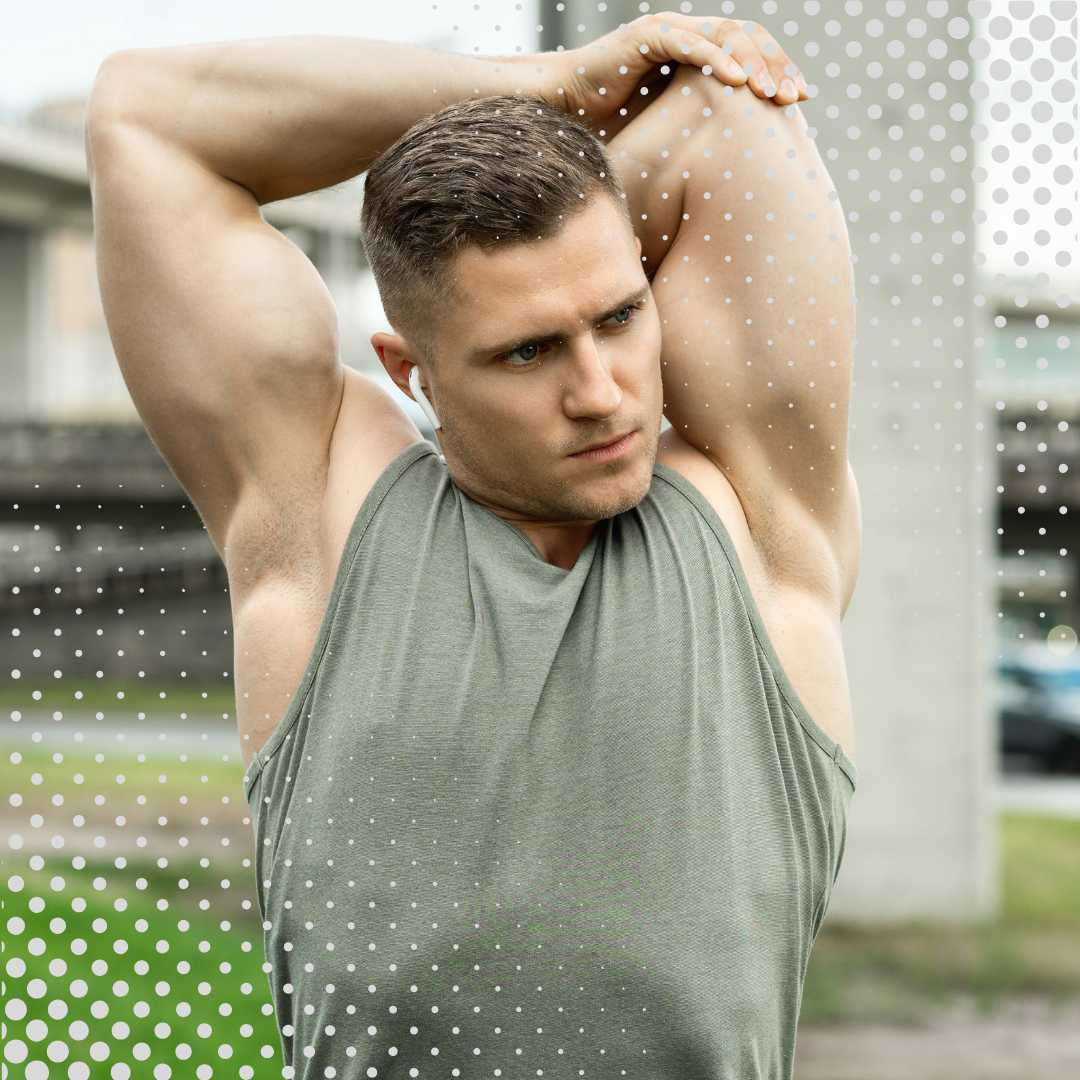
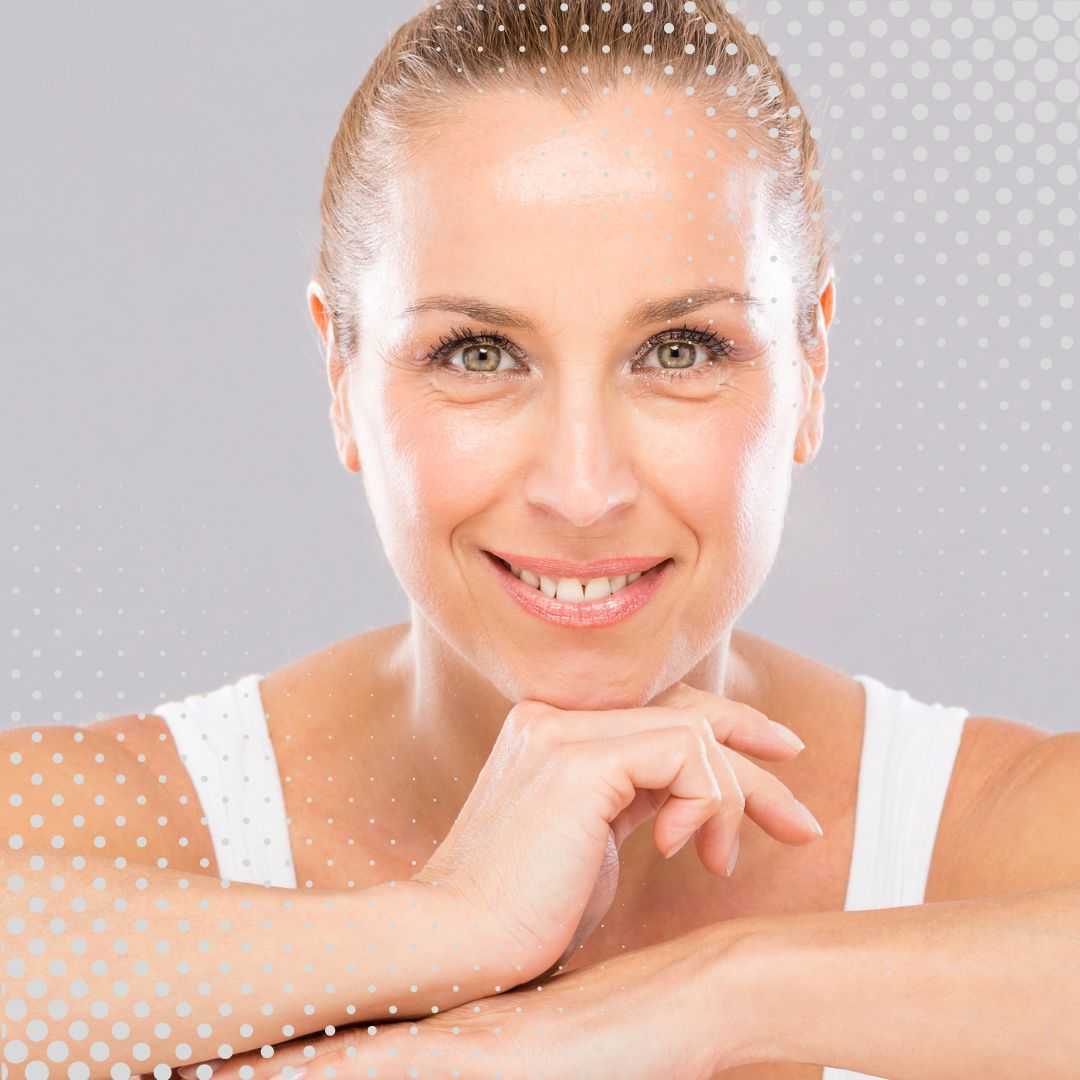
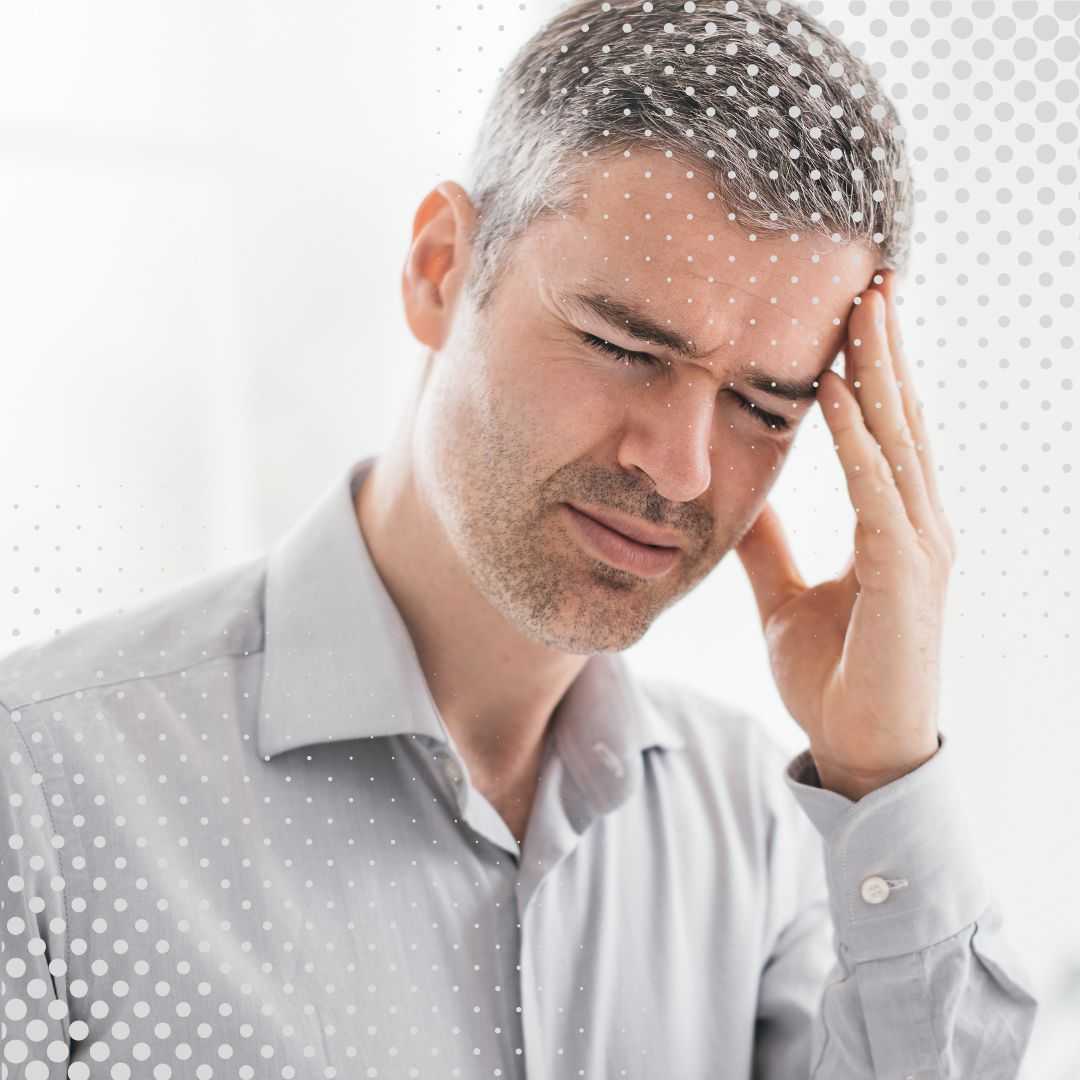
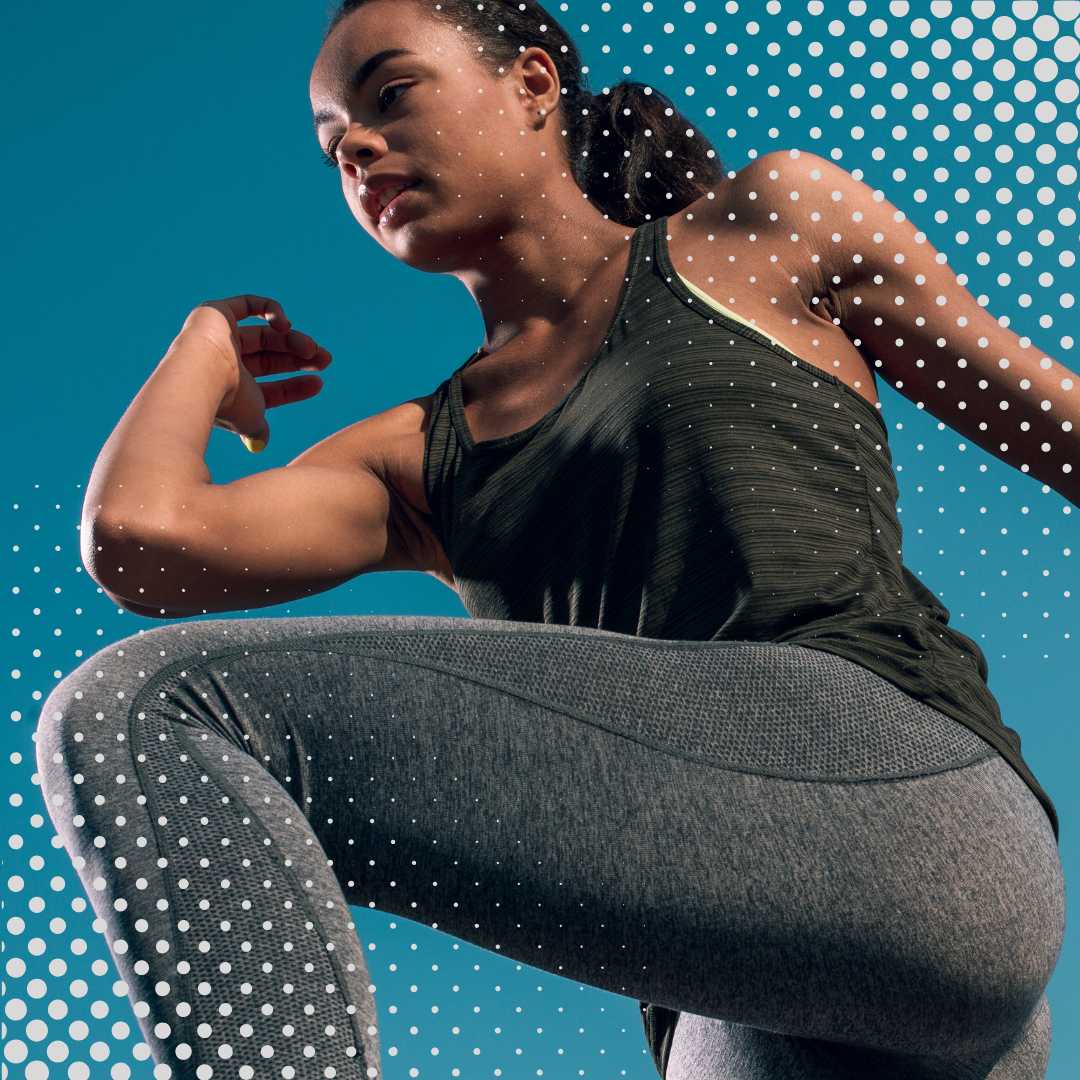

.jpg)
.png)
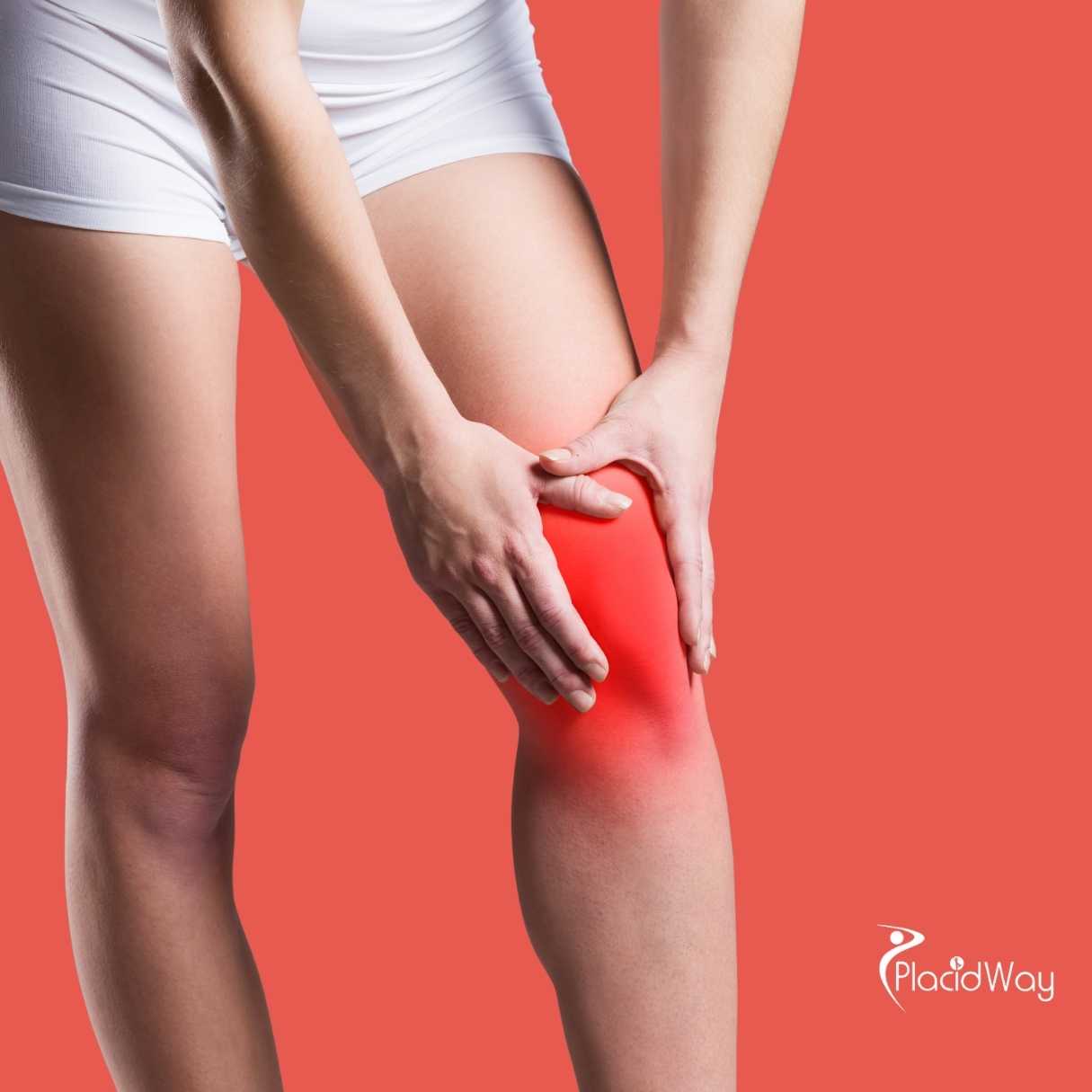
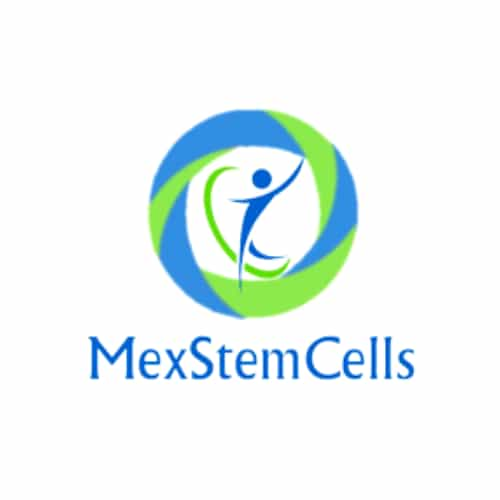
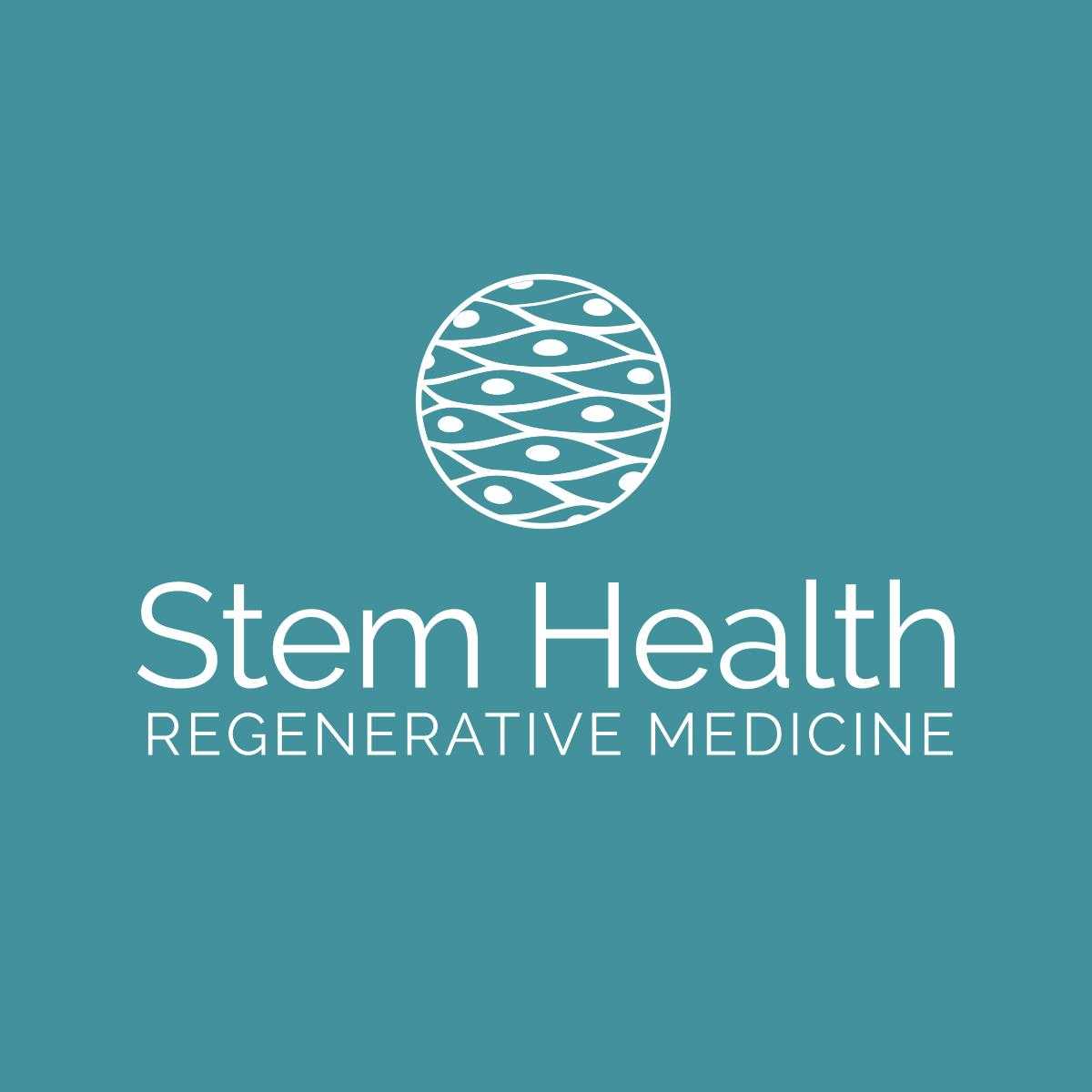
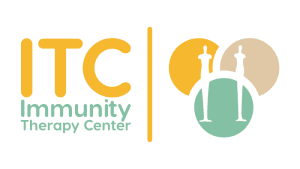
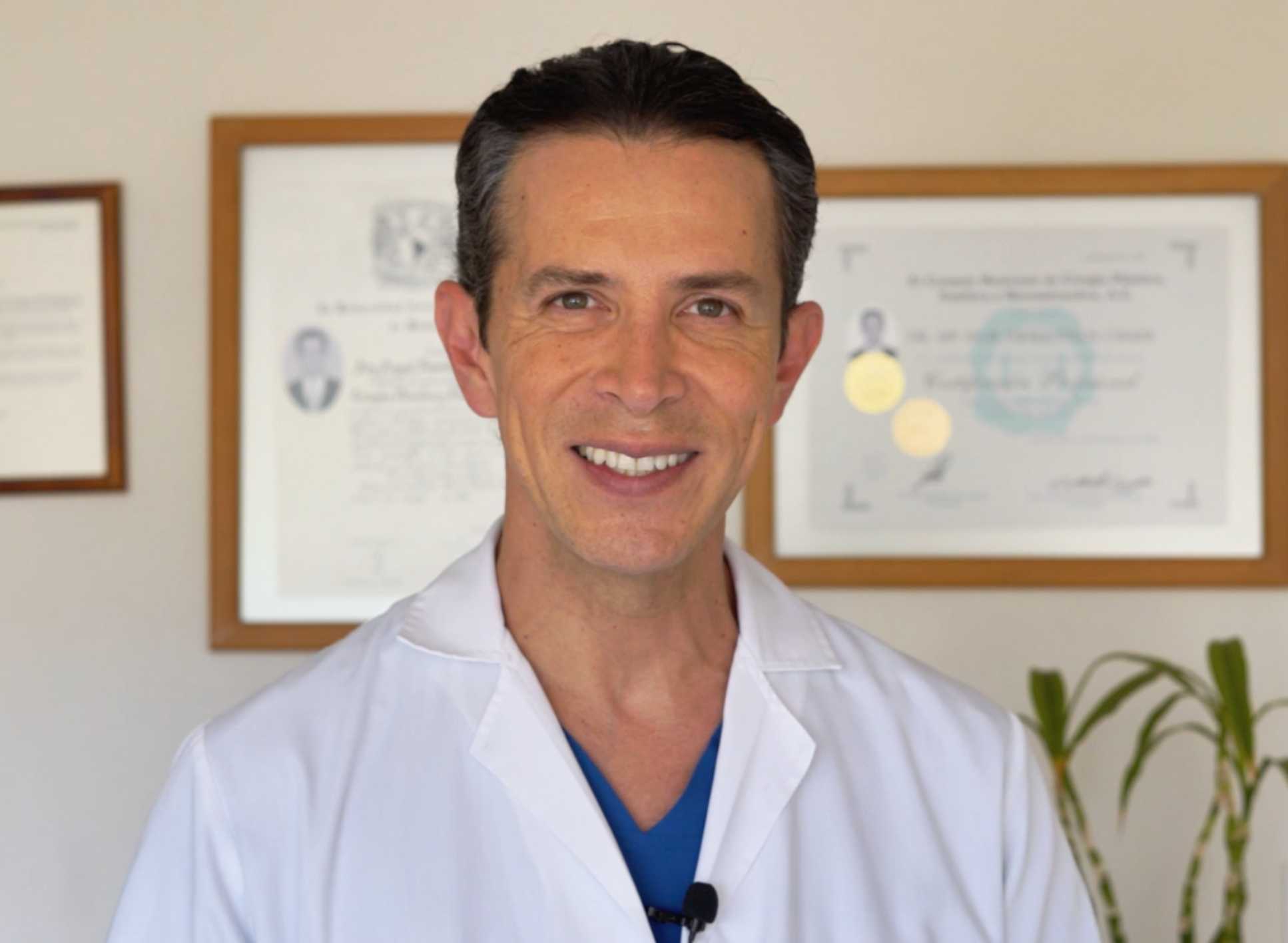
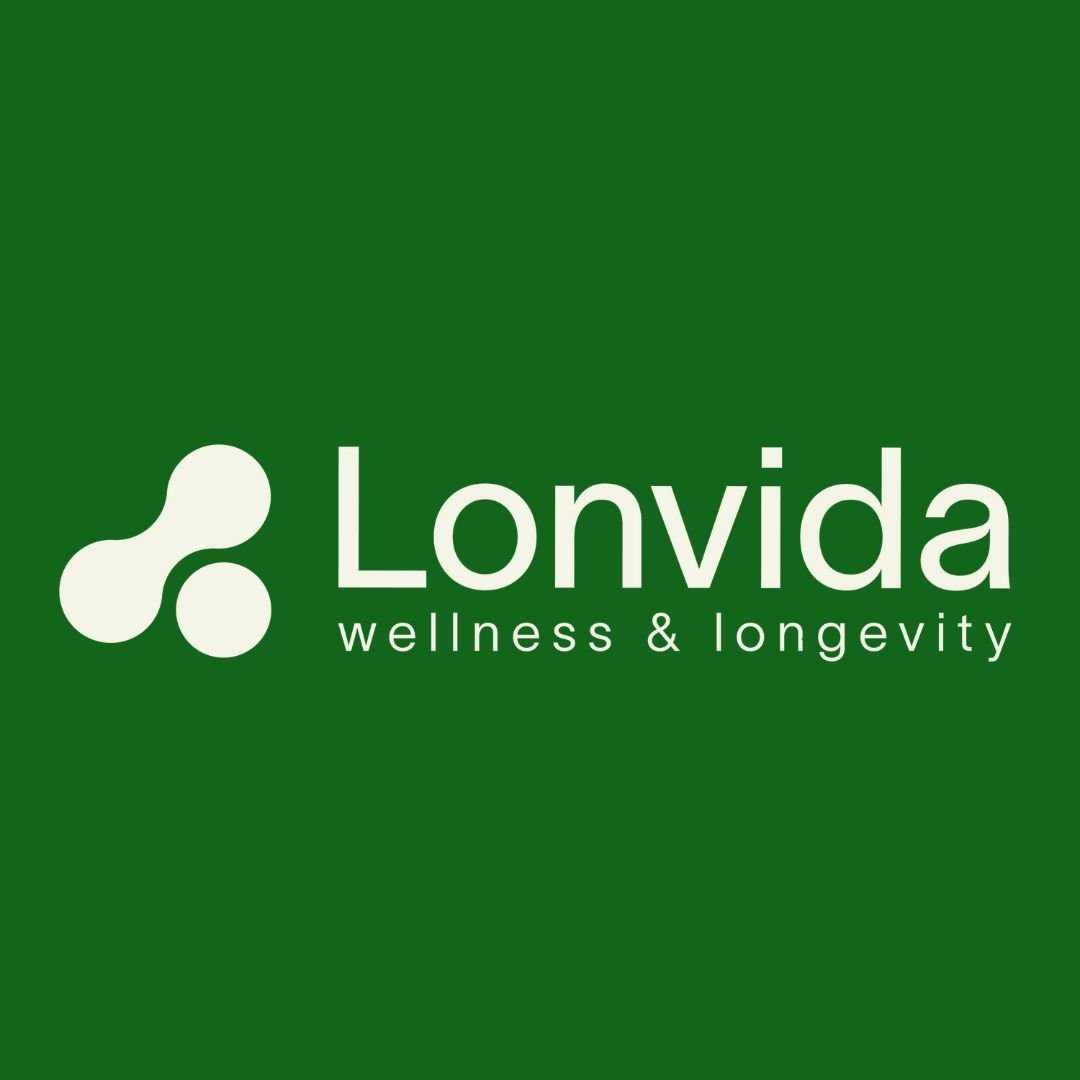

Share this listing